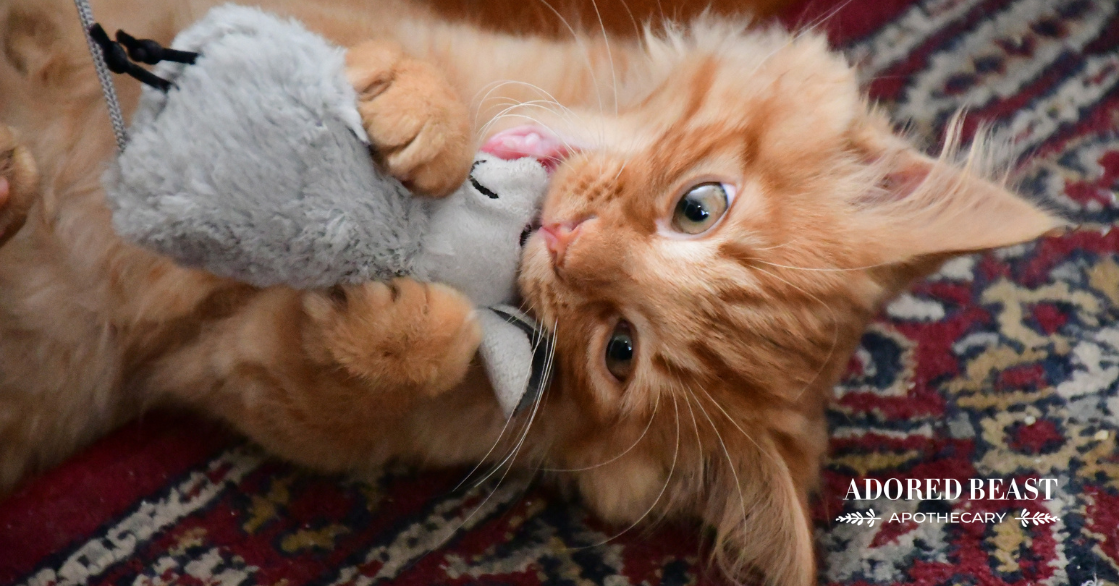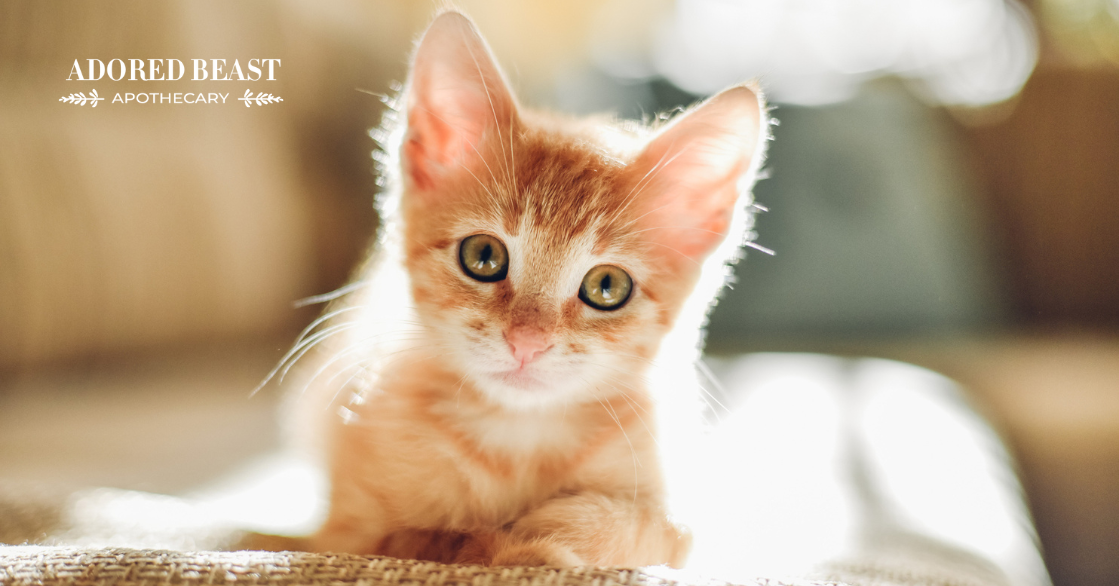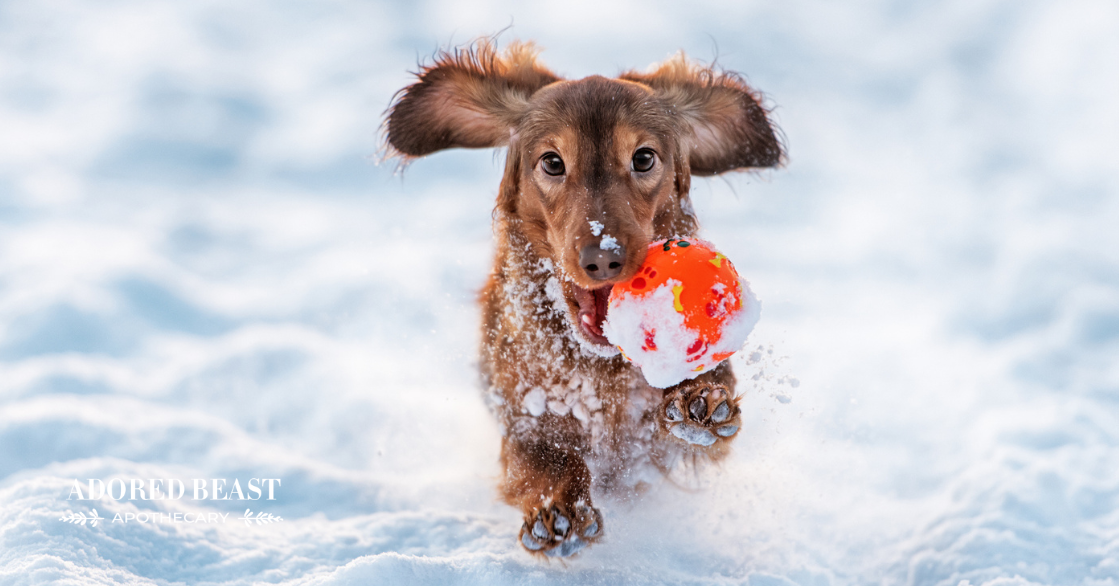If there’s one thing we can all agree on, it’s that cats, in general, are fastidiously clean. They like a clean litterbox, and although most don’t enjoy a bath, they groom carefully.
And while it’s easy for us to focus on cleaning litterboxes and food bowls, one aspect that we often overlook is cleaning their toys.
Cat toys can get pretty dirty, so a regular cleaning is essential for preventing the buildup of harmful bacteria.
But we don’t want to clean them with just anything… so today we’ll cover how to clean cat toys naturally.
First, though: why is it so important?
Why Cleaning Cat Toys Matters
Cleaning cat toys is vital for several reasons.
Firstly, they can get pretty dirty…
A few years ago, the National Safety Federation conducted a germ study. They asked a group of families to swab 30 everyday household items to measure contamination levels of bacteria. Kitchen sponges topped the list, but pet toys were number 7!
Several types of bacteria can thrive on cat toys if they’re not getting a good clean regularly. These may include:
- Salmonella: Found in feces, salmonella can be transferred to toys through contact with contaminated surfaces or materials.
- E. coli: Another bacteria commonly found in fecal matter, E. coli can pose health risks if ingested by cats.
- Staphylococcus: While often harmless, certain strains of staphylococcus can cause skin infections or other health problems in cats.
A good cleaning also helps remove dirt, dust, and saliva that accumulate during play, preventing the growth of harmful bacteria and potential allergens. Additionally, regularly cleaning toys can extend their lifespan, ensuring that they remain safe and enjoyable for your feline friend.
[RELATED] Don’t forget the dog toys! Here’s how to take care of them!
How to Clean Cat Toys Naturally
To clean cat toys naturally, there are several effective methods to choose from, and the one you choose will usually depend on the type of toy you’re cleaning.
- Hot Water and Mild Soap: For most cat toys, a simple soak in hot water with a mild, pet-safe soap is often enough to get rid of bacteria. We fill the sink or tub with hot water, swish around the soap, then let the toys soak for 30 minutes. Scrub any stains. Rinse them thoroughly and allow them to air dry completely before giving them back to your cat.
- Vinegar Solution: Vinegar is a natural disinfectant and you can dilute it with water to create a cleaning solution. Mix equal parts white vinegar and water, soak the toys for a few minutes, then rinse and dry thoroughly. With fabric toys, you can even do this in the washing machine and dry them in the dryer. Just add some vinegar to the load and wash on the highest setting. Don’t use laundry detergent though – it isn’t necessary, and it isn’t safe.
- Baking Soda: Baking soda is great for eliminating odours and can be sprinkled on plush toys or used to scrub hard surfaces. Let it sit for a few minutes before rinsing and drying the toys.
- Steam Cleaning: Steam cleaning is another effective method for killing bacteria and sanitizing toys without the need for chemicals. Use a handheld steam cleaner or a steam cleaning machine according to the manufacturer’s instructions.
Tip: When you clean them, look them over for signs of general wear and tear, such as holes or loose strings. If you can repair any damage, great, but if they’re beyond that point, consider replacing them.
How often should you clean cat toys? That depends on how often they’re used, what they’re used for, and what they’re made of. As a general guideline:
- Soft Toys: Clean soft toys, such as plush mice or fabric balls, at least once a week.
- Hard Toys: You can clean hard plastic or rubber toys less frequently, approximately every two weeks.
- Interactive/Feeding Toys: Toys that dispense treats, such as puzzle toys or feeders, should get a thorough cleaning after each use.
Just like you’d clean your cat’s litter, food bowls, beds, or blankets, take some time on a regular basis to clean their toys too. To clean cat toys naturally, skip the chemicals and pick the method that’s best for the specific toy. This is just another way to help keep our furry felines happy and healthy. Scrub-a-dub-dub!












